Table of Contents
ToggleIntroduction
Hurricanes are some of the most destructive natural forces on Earth, bringing with them heavy rain, strong winds, and storm surges that devastate coastal areas. But with climate change, these powerful storms are becoming more intense, frequent, and destructive. As global temperatures rise, hurricanes are fueled by warmer ocean waters, resulting in greater damage to human communities and ecosystems. In this article, we’ll dive into how climate change is intensifying hurricanes, and what steps we can take to mitigate and adapt to their impacts.
The Science Behind Hurricanes
Before we explore the connection between climate change and hurricanes, it’s important to understand how hurricanes form. Hurricanes develop over warm ocean waters, where they draw energy from the moisture that evaporates. As this moisture rises, it cools, condenses, and forms towering clouds and winds, creating the spinning vortex of a storm. The warmer the water, the more energy a hurricane can gain, which is why they tend to intensify quickly.
How Climate Change Fuels Stronger Hurricanes
Rising Sea Surface Temperatures
One of the most direct impacts of climate change on hurricanes is through rising sea surface temperatures. Warmer oceans provide more fuel for hurricanes, allowing them to grow stronger and more intense. This leads to higher wind speeds, greater rainfall, and more dangerous storm surges. For example, in 2024, Hurricane Milton rapidly intensified over unusually warm waters before making landfall, causing widespread damage in Florida.
Increased Atmospheric Moisture
Warmer air holds more moisture, which contributes to heavier rainfall during hurricanes. This added moisture not only makes storms more intense but also increases the risk of flooding. Coastal and low-lying areas are particularly vulnerable, as they often experience the worst of both storm surges and torrential rains. During Hurricane Helene in 2024, for example, the storm brought devastating floods to communities in Florida, just two weeks after Hurricane Milton hit.
Climate Change and Shifting Hurricane Patterns
Hurricanes Expanding Their Reach
Recent research indicates that climate change is altering hurricane paths. As atmospheric circulation patterns change, hurricanes are more likely to shift farther north and south, affecting regions that historically haven’t experienced these storms. Cities like New York, Boston, and even Beijing could face an increased threat from hurricanes. This expanded range means that new areas will have to prepare for the risk of storm damage, with governments needing to rethink their disaster preparedness strategies.
Economic and Environmental Costs of Stronger Hurricanes
Financial Damage to Communities
Hurricanes can have a massive financial toll on affected areas. In coastal regions, hurricanes destroy homes, businesses, and infrastructure, leading to billions of dollars in damage. In addition to direct costs, hurricanes often cause long-term economic problems as regions struggle to rebuild. In the aftermath of hurricanes, governments also bear the cost of disaster relief, cleanup efforts, and reconstruction.
Impact on Ecosystems
Hurricanes don’t just harm human communities—they also wreak havoc on ecosystems. Coastal wetlands, mangrove forests, and coral reefs, which act as natural buffers against storms, are particularly vulnerable. The degradation of these ecosystems makes coastal areas even more exposed to future storms. Furthermore, hurricanes can disrupt marine life, damage fish populations, and even lead to toxic contamination when industrial sites are flooded, spilling pollutants into the environment.
Case Studies: Climate-Driven Hurricanes
Hurricane Harvey (2017)
Hurricane Harvey is a stark example of how climate change can exacerbate the impact of hurricanes. The storm lingered over Texas for days, dumping record-breaking amounts of rainfall and causing devastating flooding. Climate change is believed to have increased Harvey’s rainfall by 15%, contributing to the storm’s severity.
Hurricane Maria (2017)
Hurricane Maria devastated Puerto Rico, leaving much of the island without power for months and causing widespread destruction. The warm waters and increased atmospheric moisture that fueled Maria highlight the link between climate change and stronger hurricanes.
Mitigation and Adaptation Strategies
Reducing Greenhouse Gas Emissions
One of the most effective ways to address the growing threat of hurricanes is to reduce greenhouse gas emissions. Transitioning to renewable energy, improving energy efficiency, and promoting sustainable practices can help slow global warming and prevent further intensification of storms.
Strengthening Coastal Infrastructure
For coastal regions, building stronger infrastructure is crucial to reduce vulnerability to hurricanes. This can involve elevating buildings, reinforcing flood defenses, and designing storm-resilient homes and facilities. Governments should prioritize infrastructure projects that protect critical areas from the impacts of hurricanes and rising sea levels.
Improving Early Warning Systems
As hurricanes become more intense and harder to predict, early warning systems play a key role in saving lives. Advanced forecasting technologies and clear communication can help communities prepare for incoming storms. By conducting regular emergency drills and improving disaster response plans, regions can better handle the increased risks posed by climate change-driven hurricanes.
Conclusion
Climate change is making hurricanes more intense, frequent, and widespread, posing significant risks to both human populations and ecosystems. As global temperatures rise, warmer ocean waters and increased atmospheric moisture provide the fuel for stronger storms, while shifting weather patterns bring hurricanes to new regions. The economic and environmental toll of these storms will continue to grow unless we take meaningful action to mitigate their impacts.
By reducing greenhouse gas emissions, strengthening coastal infrastructure, and improving early warning systems, we can better prepare for the future. The link between climate change and hurricanes is clear, and the time to act is now. Let’s work together to build a more resilient world.
For more tips on living sustainably, visit our blog regularly.

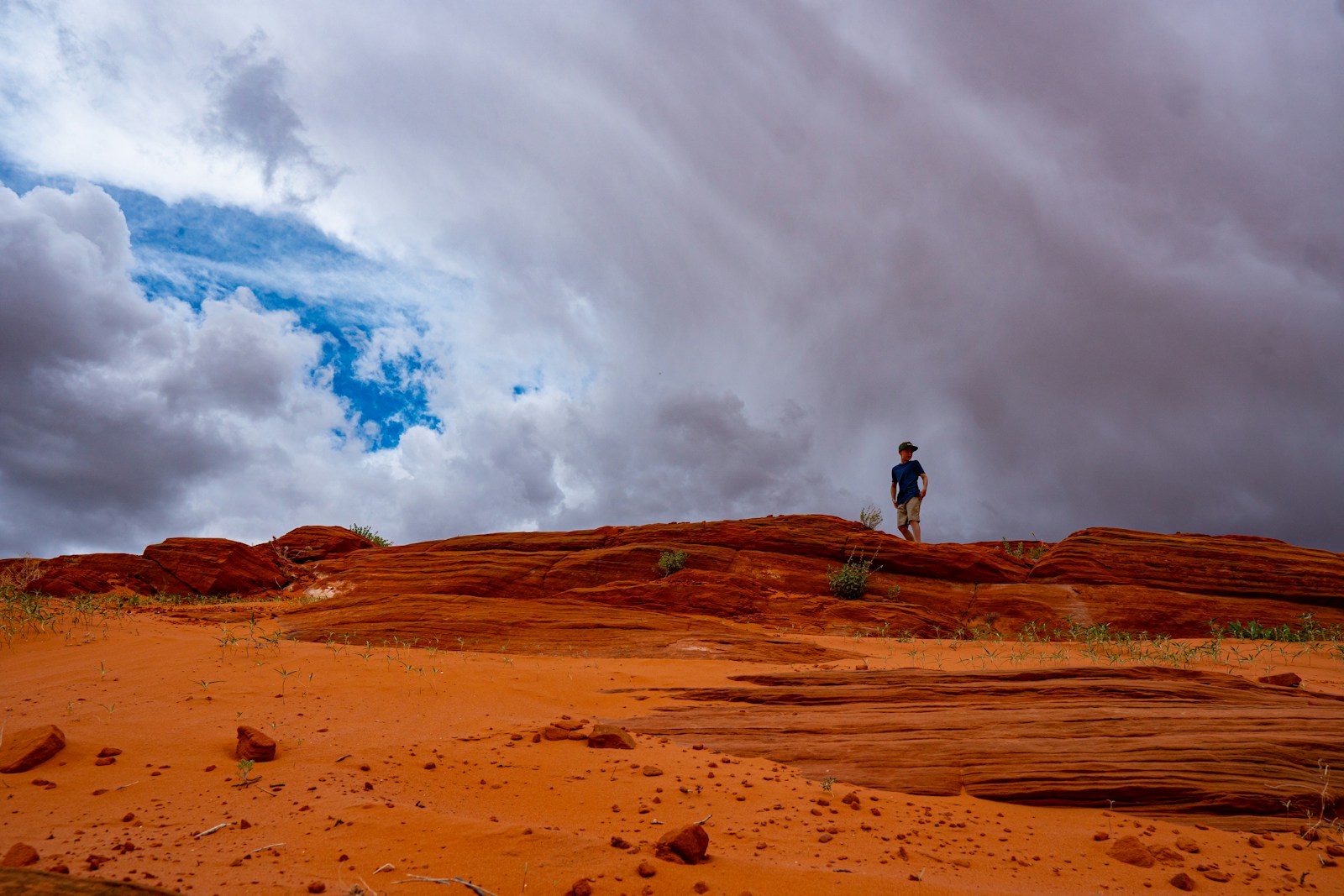
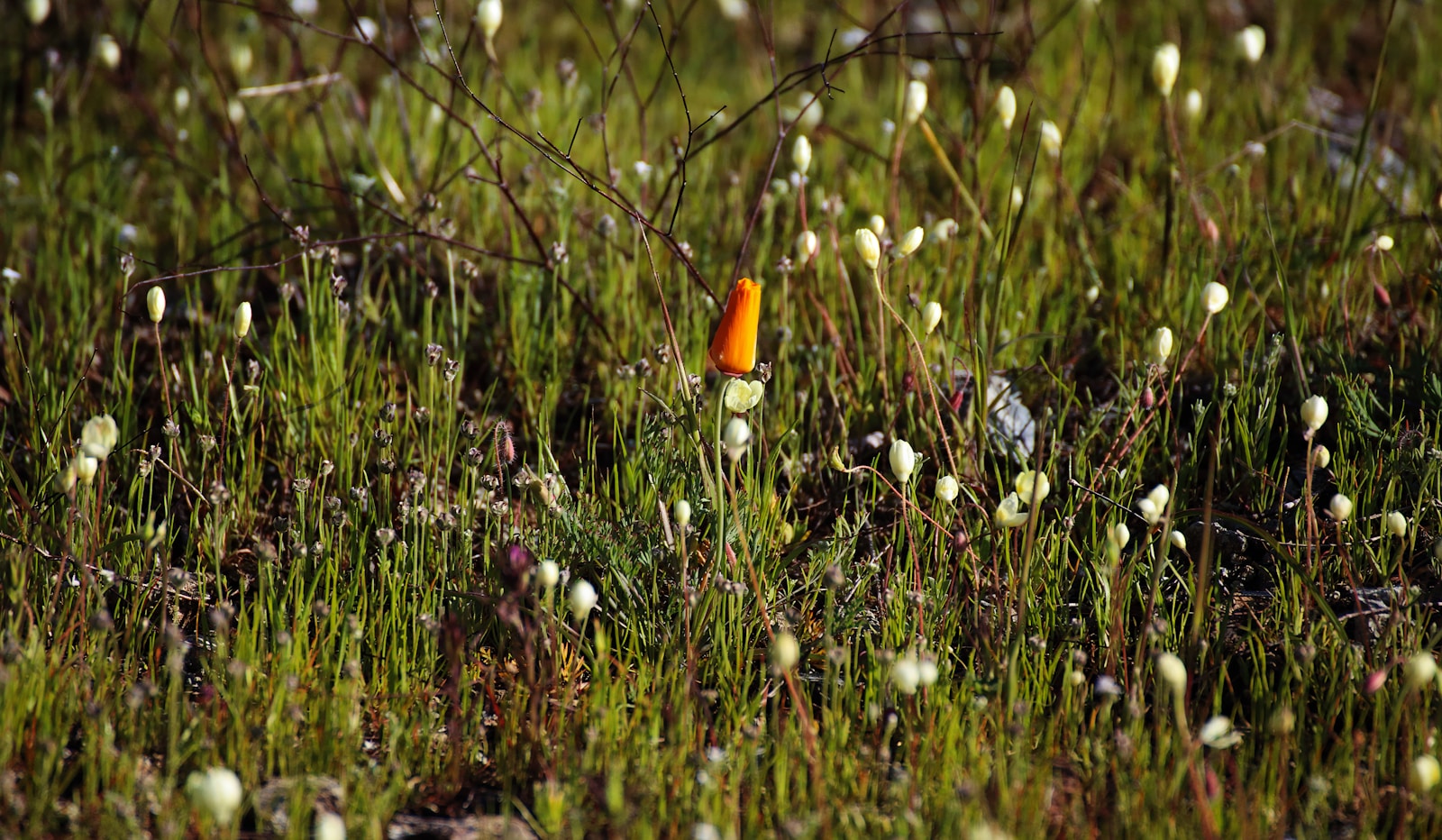
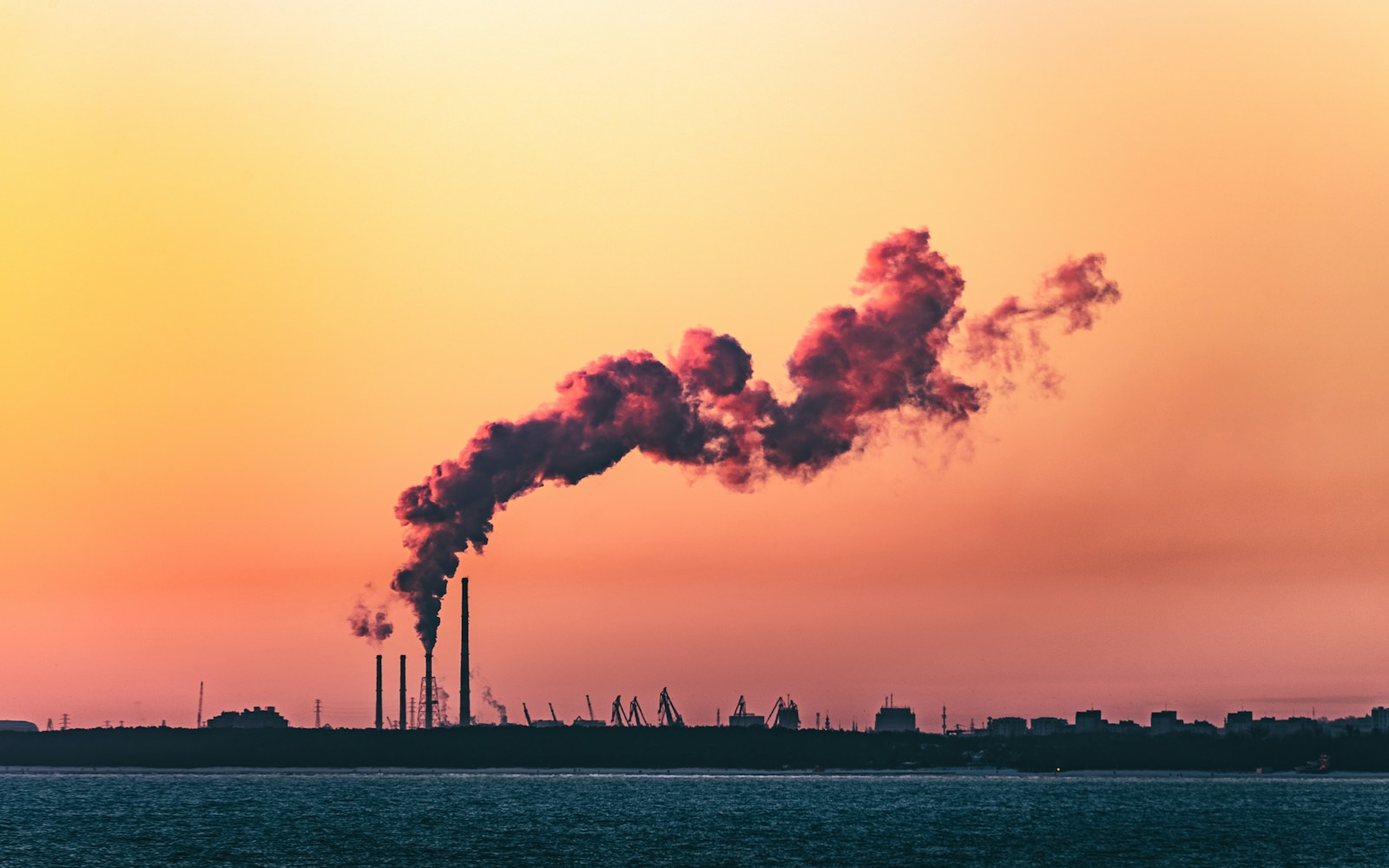

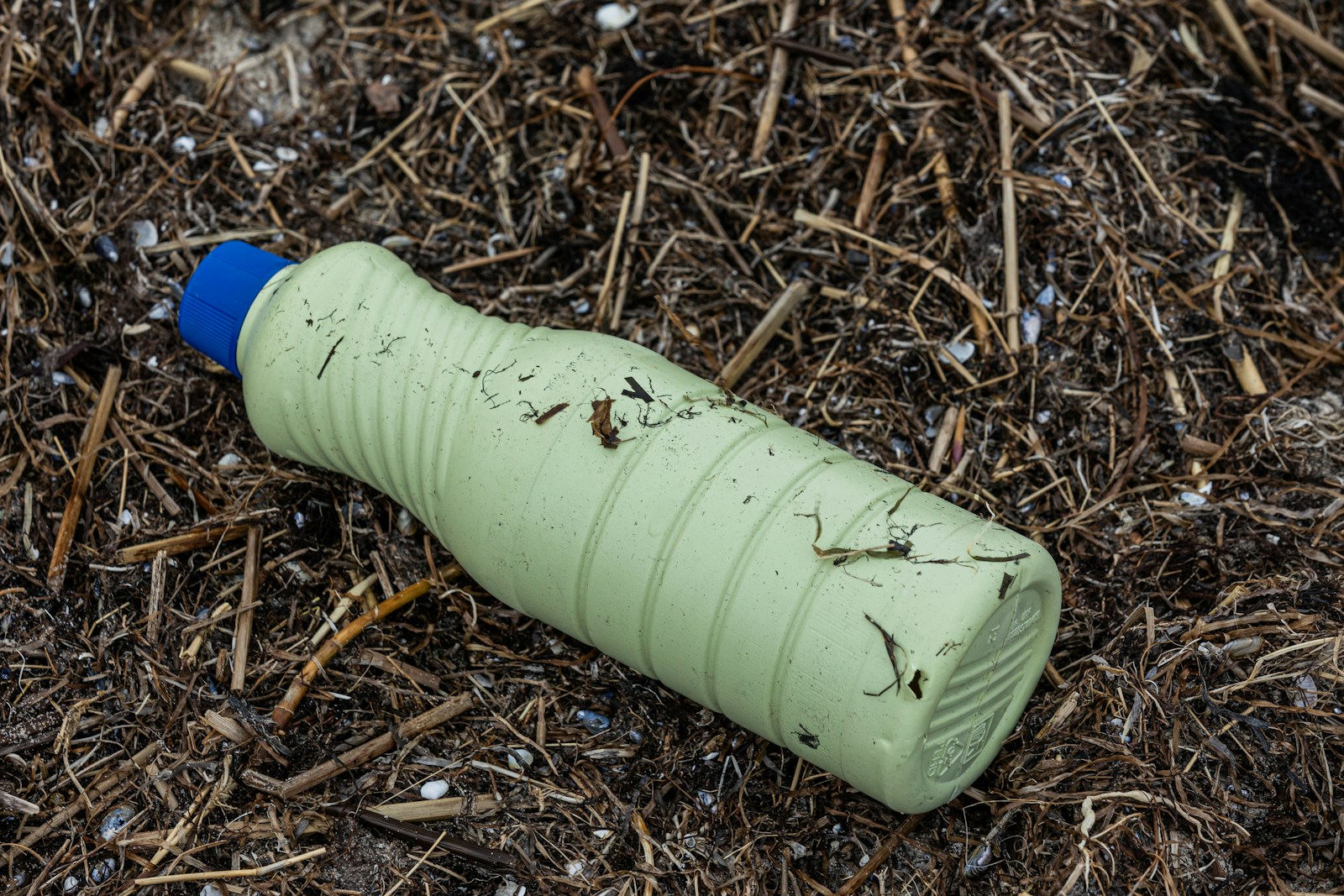

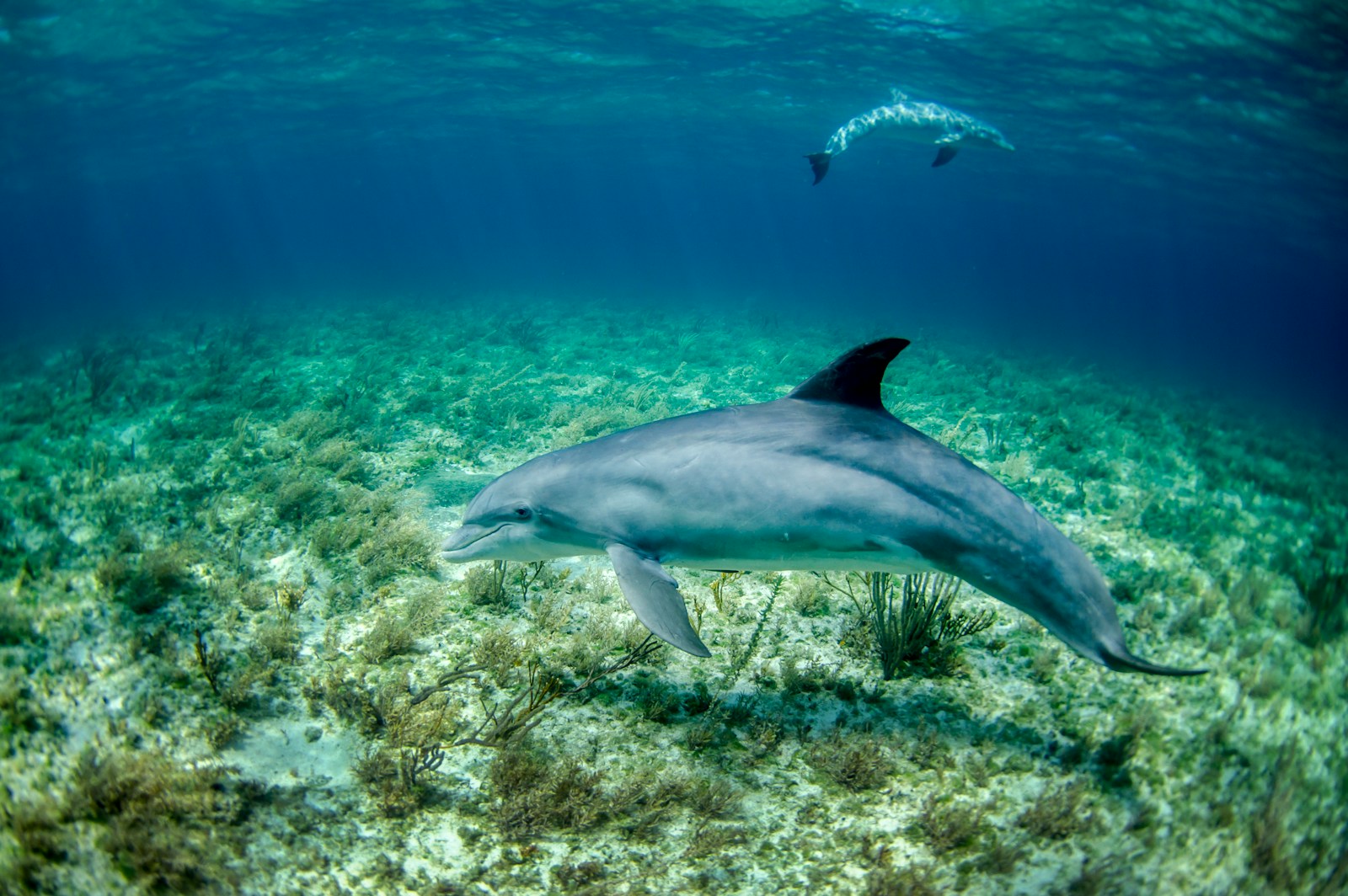
1 thought on “How Climate Change is Fueling Stronger Hurricanes: What You Need to Know”
Pingback: Unusual December Cyclone Possible Amid Late Surge of Storms